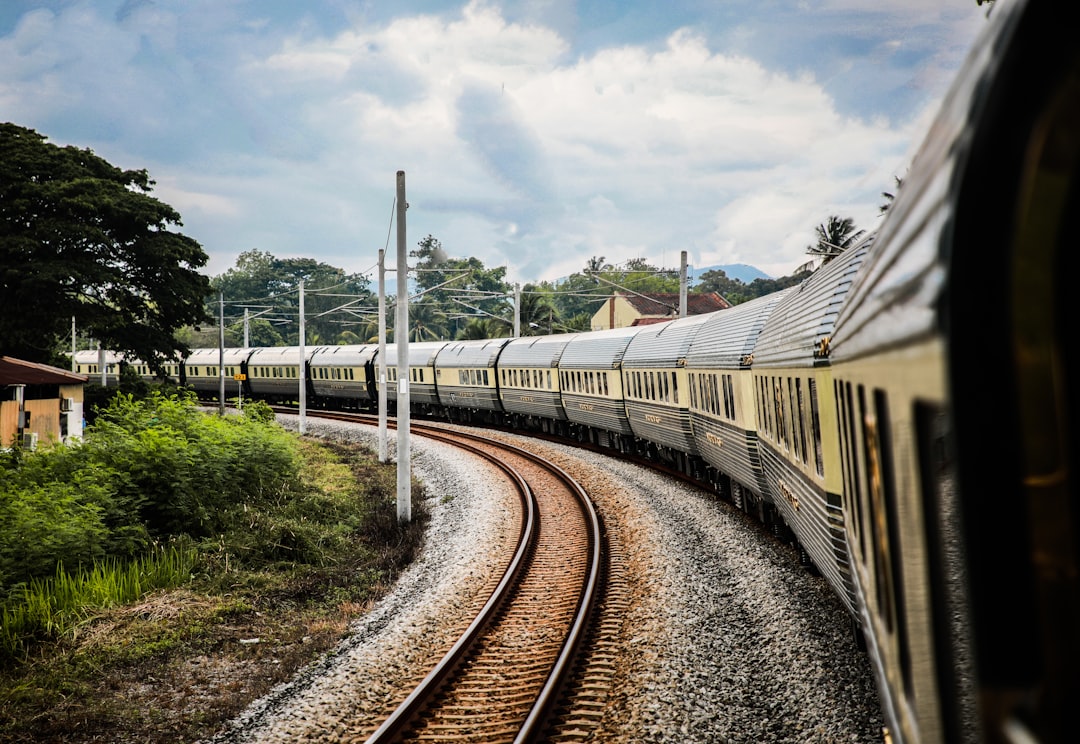What is it about?
This paper concerns the content, character and transmission of Menander Protector’s History, a fragmentary work of classicizing historiography written in the later sixth century. Investigation of a previously unexamined scholion to Strabo’s Geography, which recommends Menander’s History as an especially accurate source on “Persian customs”, establishes the provenance, context and significance of this rare testimonium and questions why the ninth-century scholiast directed readers of Strabo to this late antique text in preference to well-established classical authorities on ancient Persia. As the scholion responds to Strabo’s uniquely detailed treatment of Persian religion, particularly magi and Zoroastrian sacrificial rituals, it becomes necessary to reconsider evidence for this subject in Menander’s extant writings, notably those fragments of his History, together with a separately transmitted epigram (Palatine Anthology I 101), that concern the martyrdom of Isbozetes (Yazdbōzēd), a Persian magus who converted to Christianity (AD 553). Widening the inquiry to include largely overlooked martyrial acta, particularly an Armenian Passio S. Isbozetae, reveals an early textual tradition characterized by accurate and precise information about magian practices and paraphernalia, which closely and exclusively corresponds to Strabo’s account of Zoroastrian fire-cult. Menander’s interest in this story of an apostate magus both explains the scholiast’s recommendation and casts new light on Menander’s aims and sources, including East Syriac hagiographical tradition. In line with recent scholarship, a more variegated picture of Menander’s historical writing emerges, beyond the focus on diplomacy imposed by the thematically determined transmission of surviving fragments in the Constantinian Excerpta.
Featured Image
Read the Original
This page is a summary of: In the Margins of Strabo: Menander Protector on Persian Religion and the Passio S. Isbozetae, Jahrbuch der Österreichischen Byzantinistik, January 2024, Osterreichische Akademie der Wissenschaften,
DOI: 10.1553/joeb73s125.
You can read the full text:
Contributors
The following have contributed to this page










